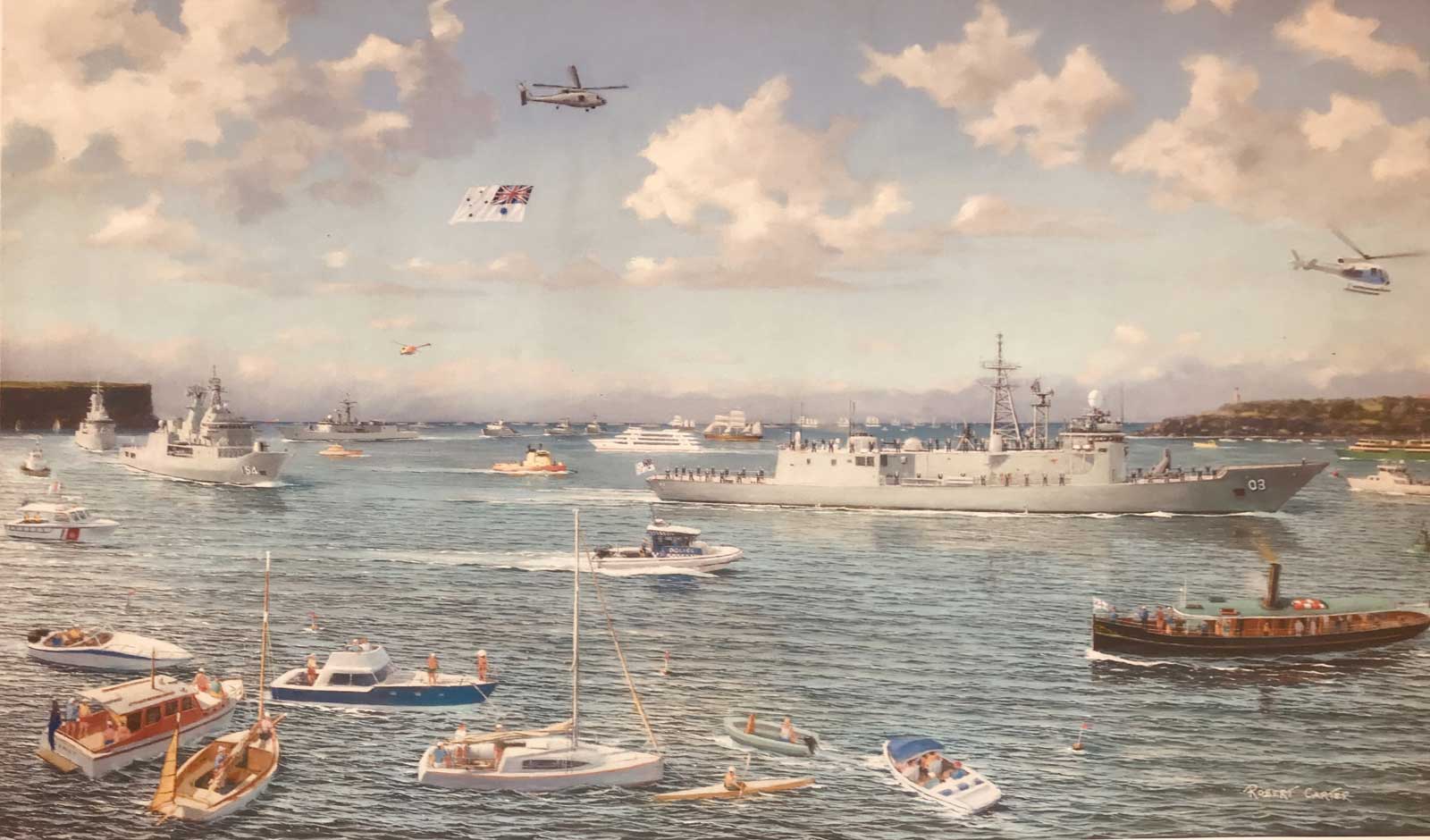RAN tribute to Anzac dead Dardanelles 12th November 1918
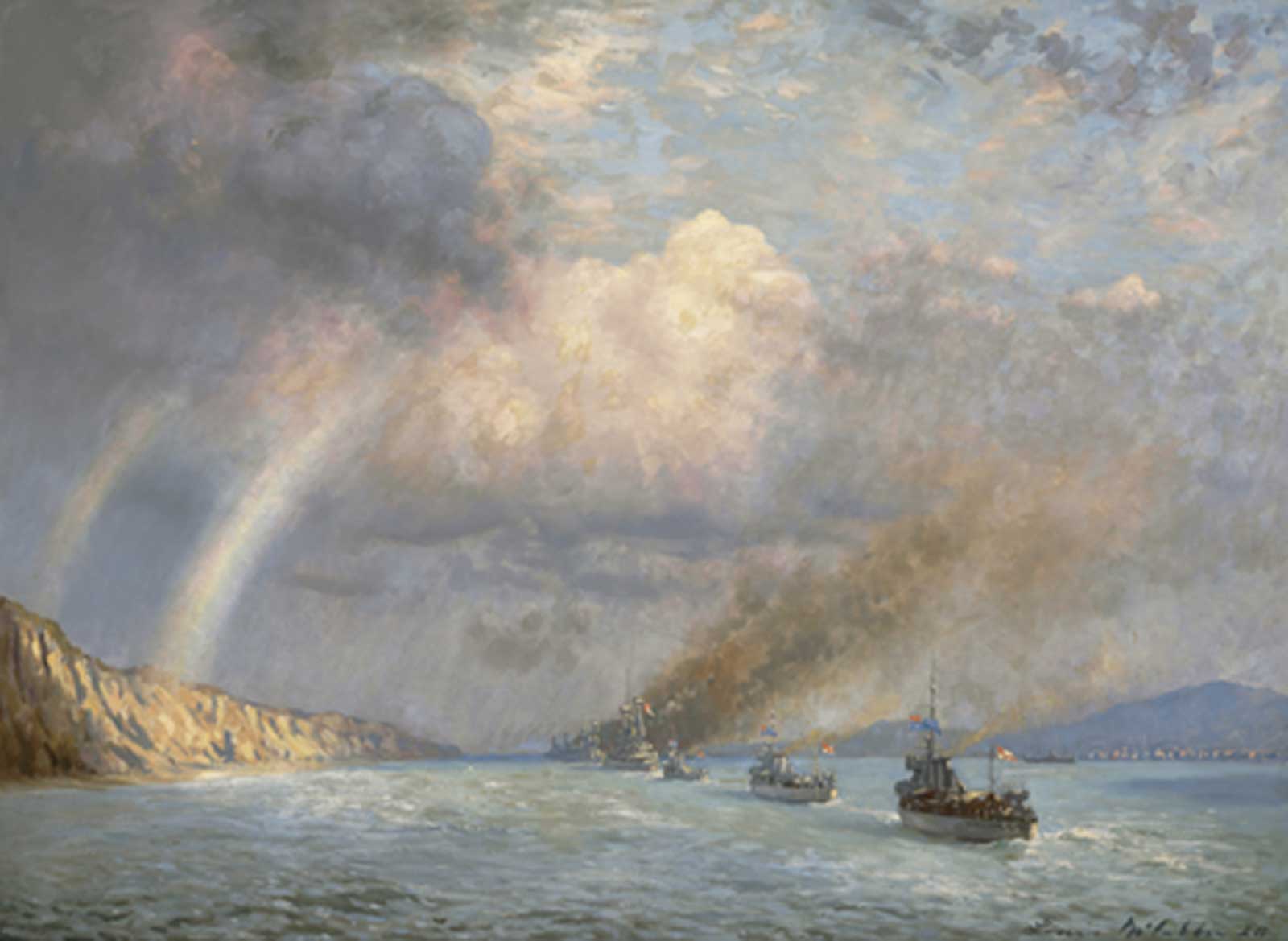
This painting depicts ships of the Royal Australian Navy, 5th Flotilla, HMAS Yarra , Torrens and Parramatta, accompanying an Allied fleet to Constantinople (Istanbul) after the capitulation of Turkey, sailing through the Dardanelles. The three ships are Royal Australian Navy destroyers. As the ships were steaming through the Dardanelles, the commander of the Parramatta sought permission to fly an Australian blue ensign in tribute to the men of the AIF killed at Gallipoli in 1915. The answer was: ‘The Commonwealth blue ensign may be flown at the port yard in honour of Australia’s glorious dead’. This painting has been ascribed a number of titles and completion dates including ‘Australian Destroyers off Gallipoli’ 7 Apr 1927 and ‘Australian T.B.D.’s paying homage to the gallant dead of the A.I.F. off Gallipoli’ 27 March 1927.
The blue ensign flown by HMAS Parramatta remains as part of the Naval Heritage Collection.
There are no other paintings on this website by Louis McCuban. Please contact us if you have any information about the artist, we would love to hear from you.
- About Louis Frederick McCubbin
Louis Frederick McCubbin, artist and gallery director, was born on 18 March 1890 at Hawthorn, Melbourne, and educated privately and at the National Gallery School, Melbourne, under Lindsay Bernard Hall and his father in 1906-11.
In May 1916 he enlisted in the Australian Imperial Force, 14th Battalion and served in France from November 1917 as a stretcher-bearer with the 10th Field Ambulance. Appointed an official war artist under the Australian Records Section scheme to the 3rd Division, he visited scenes of battles with Wallace Anderson and Charles Web Gilbert after the war to collect data for proposed dioramas.
In 1920 McCubbin returned to Australia and joined the staff of the Australian War Museum, then located in the Exhibition Building, Melbourne, to paint backgrounds for dioramas and murals until 1930. He was awarded the Crouch prize for landscape in 1928. After a break pursuing other opportunities he undertook further work on the dioramas for the War Memorial in 1935-36.
McCubbin was director of the Art Gallery of South Australia in 1936-50, and revitalized it through his many innovations.
During World War II McCubbin was deputy director of camouflage, South Australia (1941-43), and was a member of the art committee of the Australian War Memorial.
McCubbin died, on 6 December 1952 aged 62.
His work is represented in several Australian public collections.
- About Ships and aircraft in company
In this section a wide variety of artworks with more than one ship, submarine or aircraft are featured. When two or more naval vessels are operating together they are said to be ‘in company’.
The diverse nature of activities, exercises and deployments undertaken by ships, submarines and aircraft of the Royal Australian Navy means that a ship may spend long periods conducting single ship operations or periodically join with large numbers of other ships for such events as a naval review or fleet entry to a port. These latter events are generally scheduled to commemorate a particular event. During such events a prominent or royal figure will review the fleet as part of the ceremony. Throughout its history ships of the RAN have participated in major fleet entries and reviews both in Australian waters and overseas.
Details of Ships in the First Fleet
Name Class Commission Dates HMAS Australia Indefatigable Class 21 Jun 1913 – 12 Dec 1921 HMAS Melbourne Town Class Light Cruiser 18 Jan 1913 – 23 Apr 1928 HMAS Sydney Town Class Light Cruiser 26 Jun 1913 – 8 May 1928 HMAS Encounter Challenger Class Light Cruiser 1 Jul 1912 – 1 Jan 1923 HMAS Warrego River Class 1 Jun 1912 – 22 Jul 1919 HMAS Parramatta River Class 10 Sep 1910 – 22 Jul 1919 HMAS Yarra River Class 10 Sep 1910 – 30 Sep 1929
More reading
- Additional resources for Louis Frederick McCubbin
- Additional resources for Ships and aircraft in company
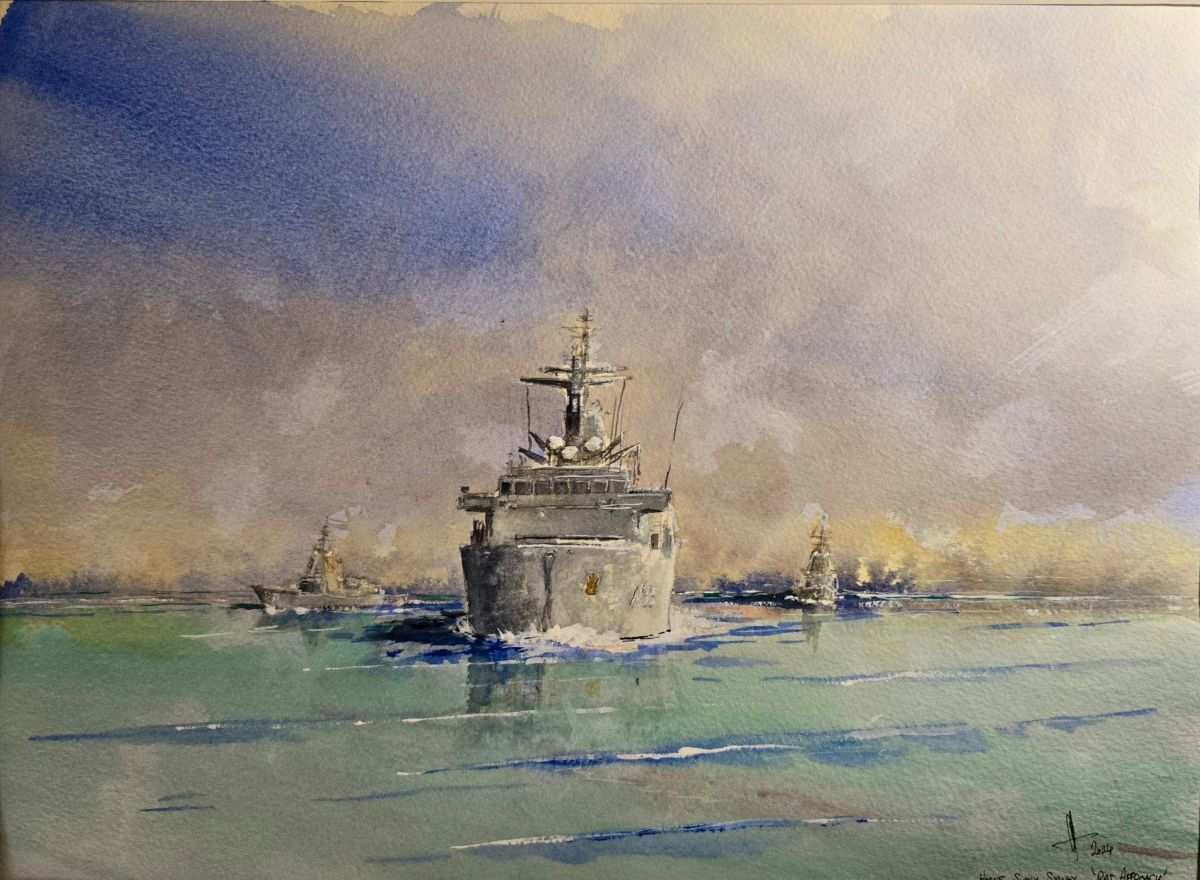
Replenishment at Sea (RAS) Approach, HMAS Supply, Hobart and Sydney

MV KRAIT and Japanese Destroyer in 1943

Troop Convoy and Escort and Hudson Bomber

N Class Destroyers off Libya

Sydney Harbour looking east to Garden Island from Dawes Point
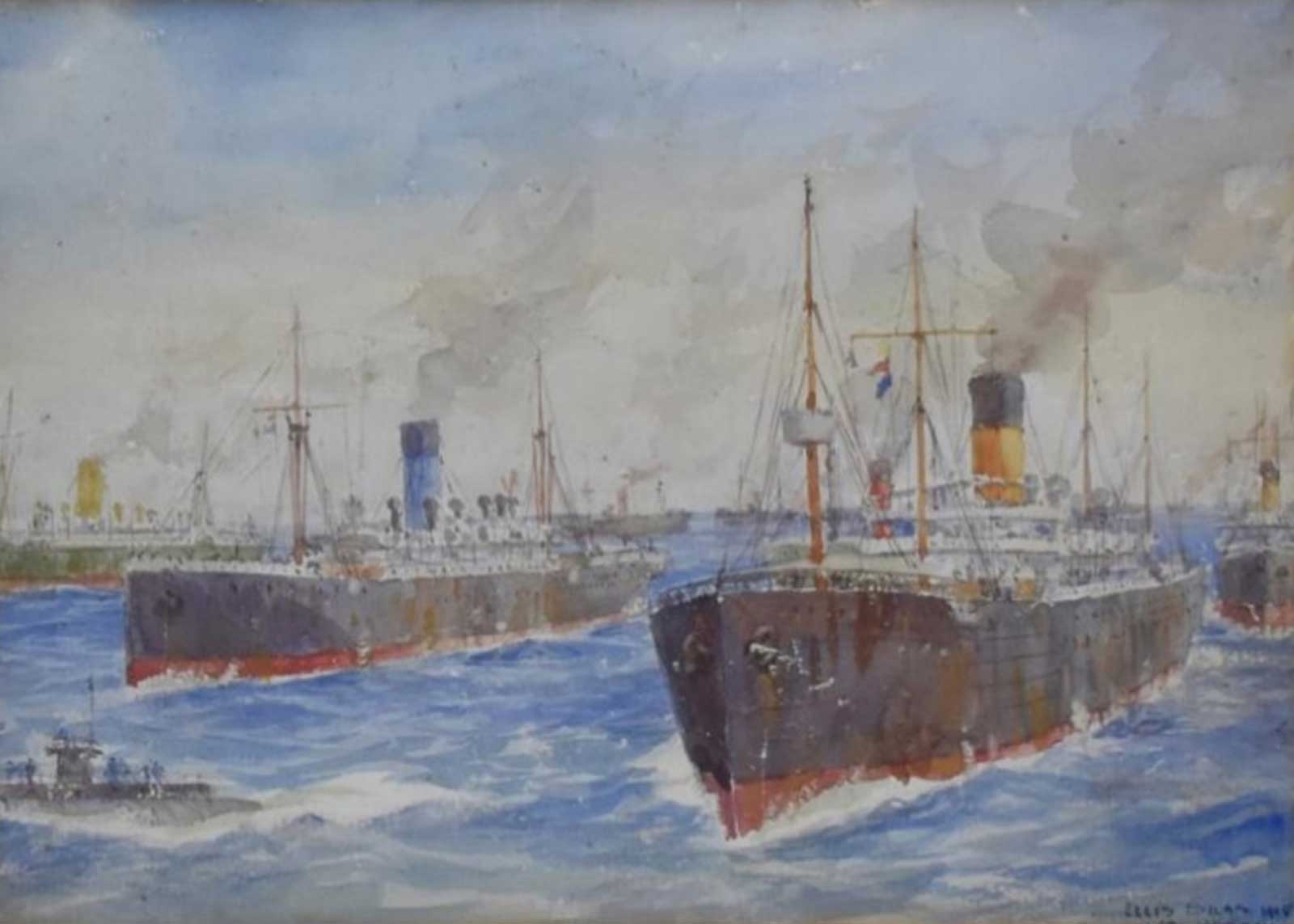
Second Convoy that left Albany, Western Australia on the 31st December 1914
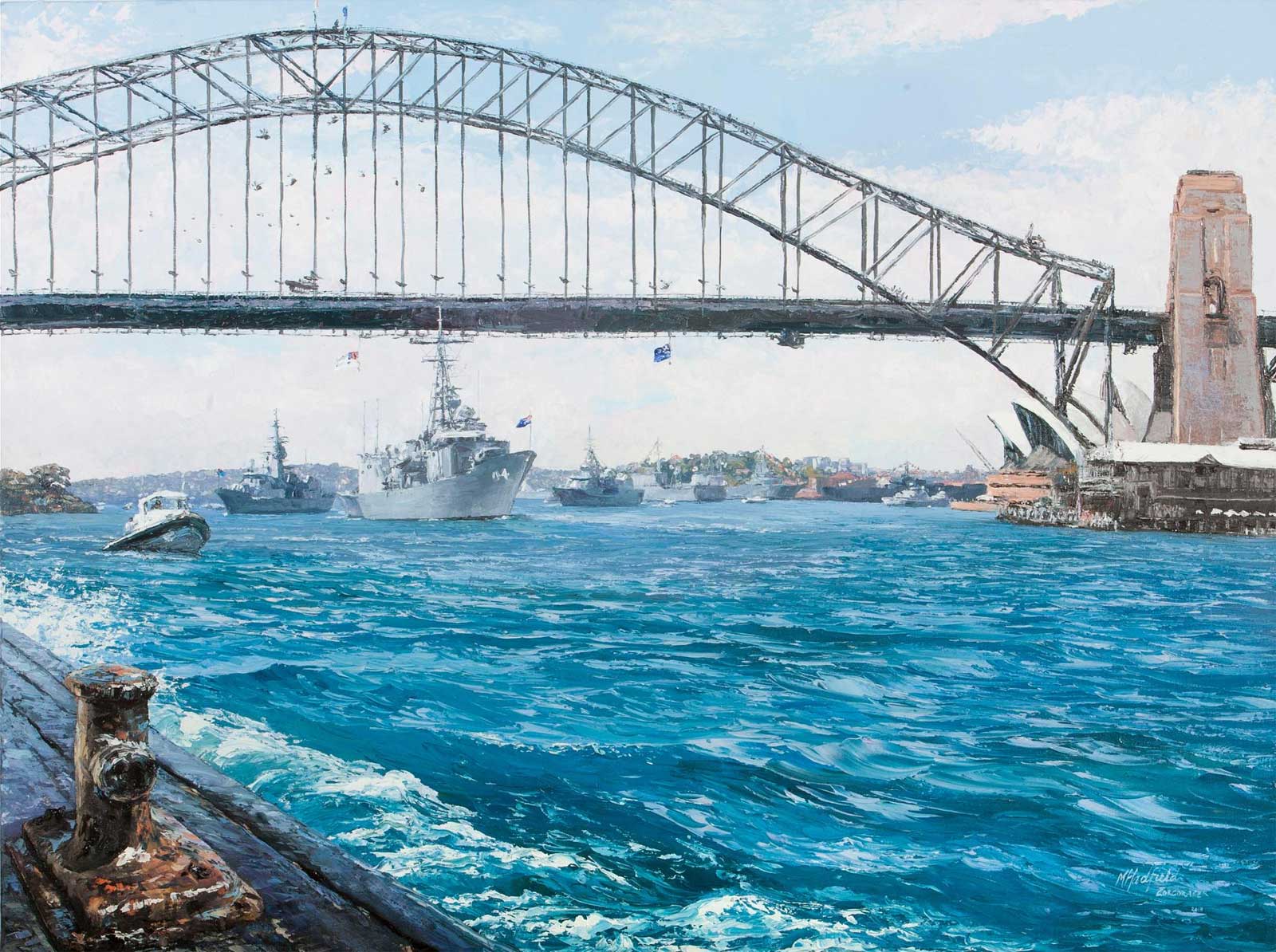
Proud Entry

HMAS Arunta HMAS Westralia with US Navy Light Cruser
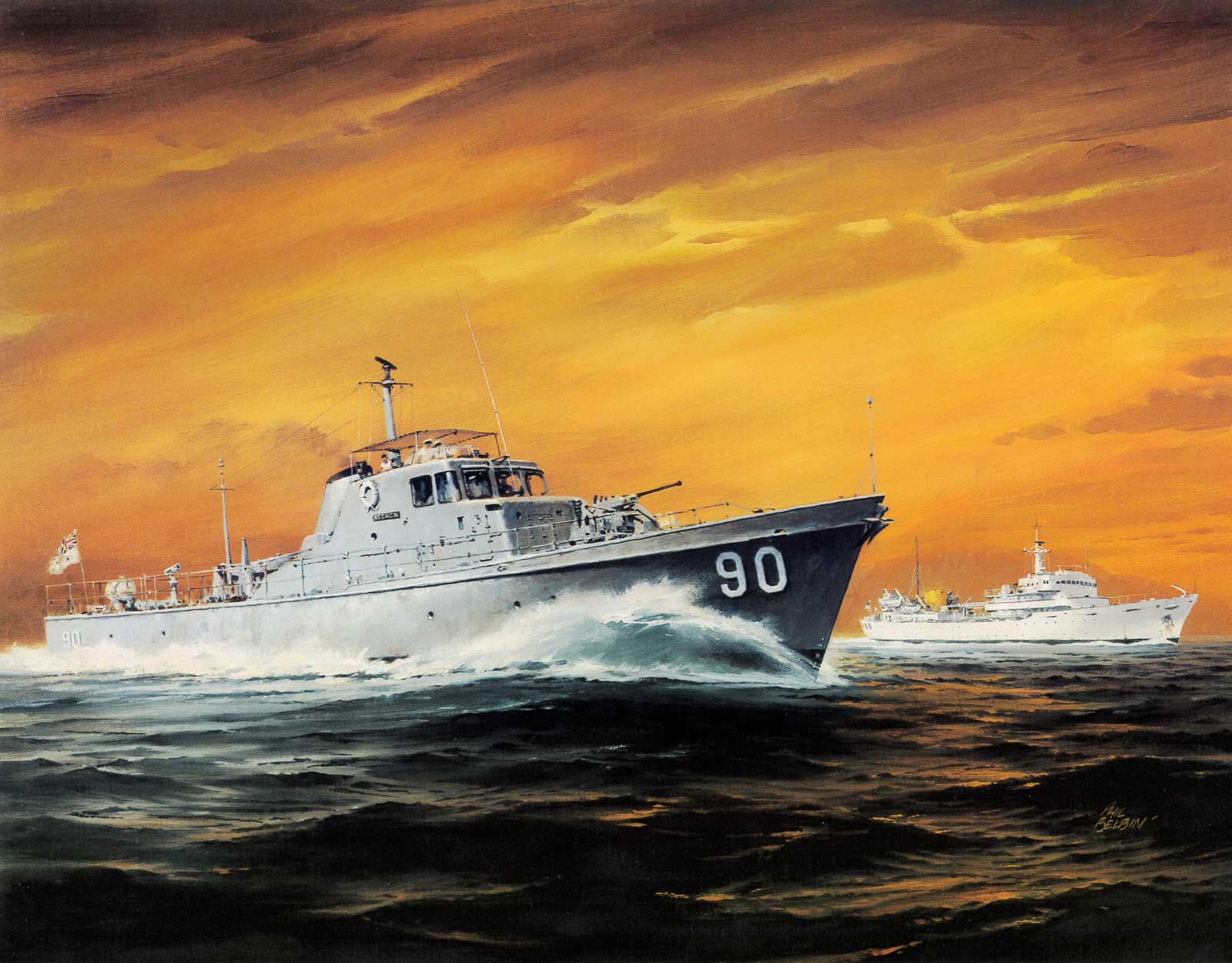
HMA Ships MORESBY and ATTACK post 1967

HMA ships LABUAN and FREMANTLE with OBERON submarine
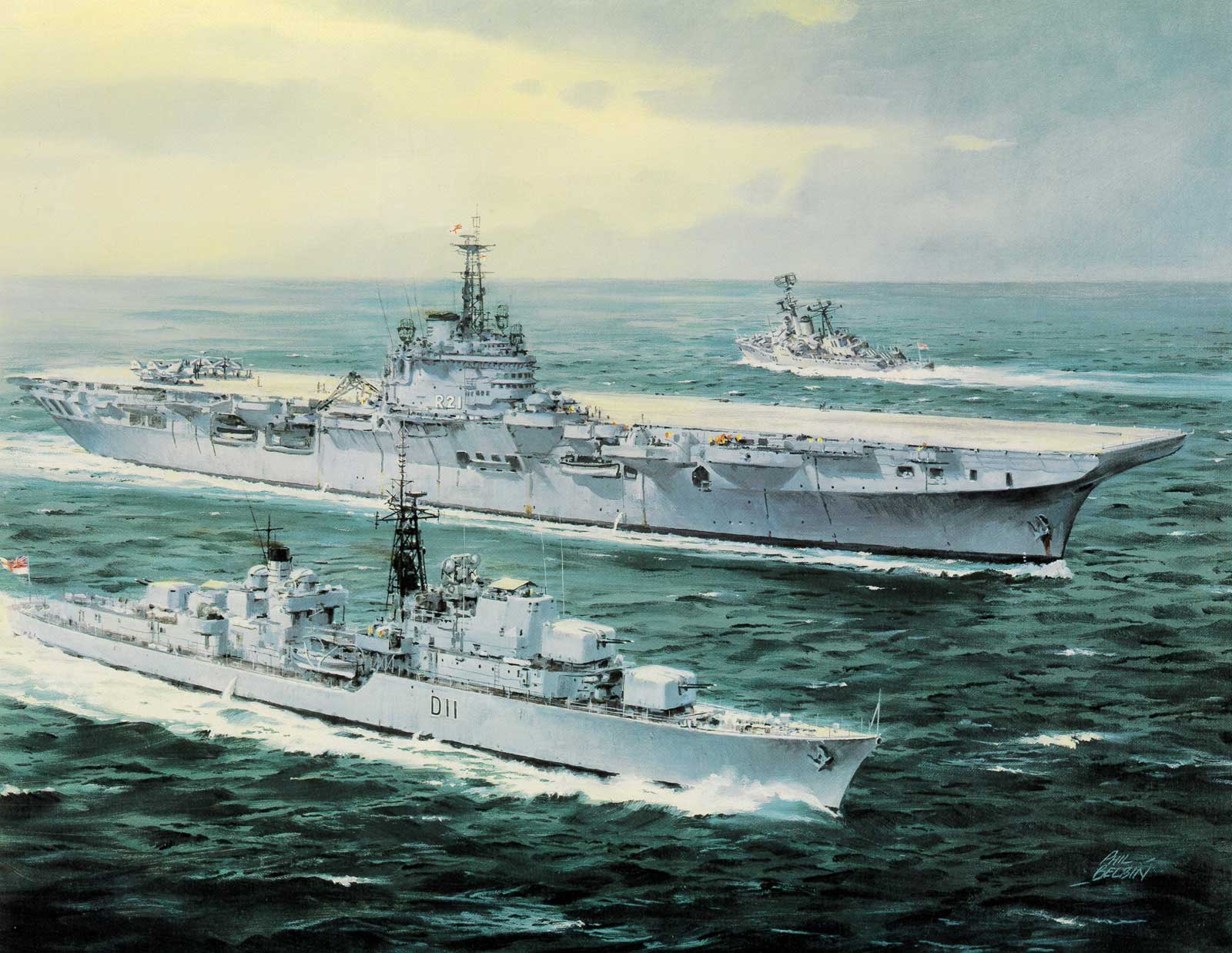
HMAS VAMPIRE, MELBOURNE and PARRAMATTA

Howzat Good Catch Sea Fury RAN
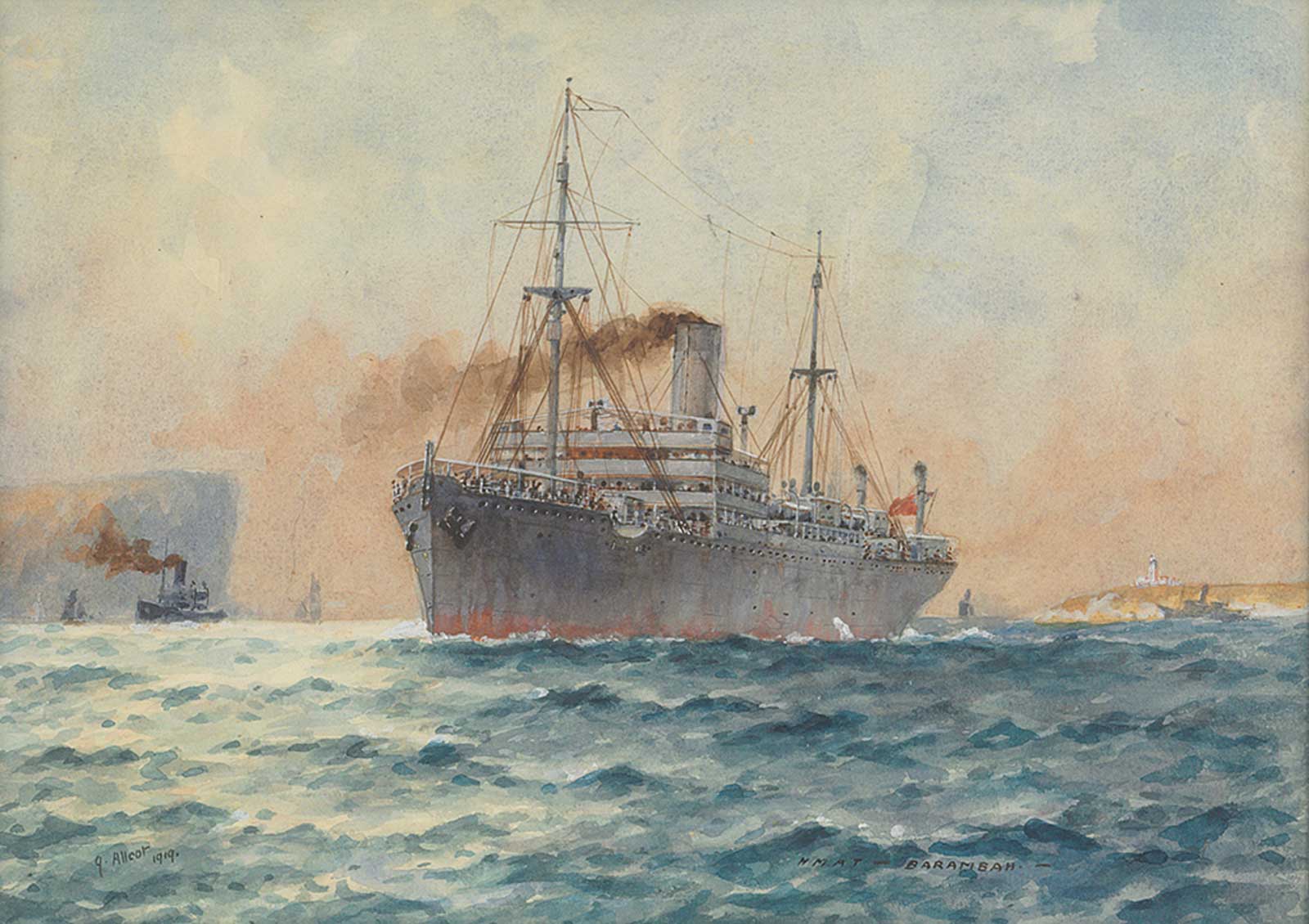
HMAT Barambah 1919
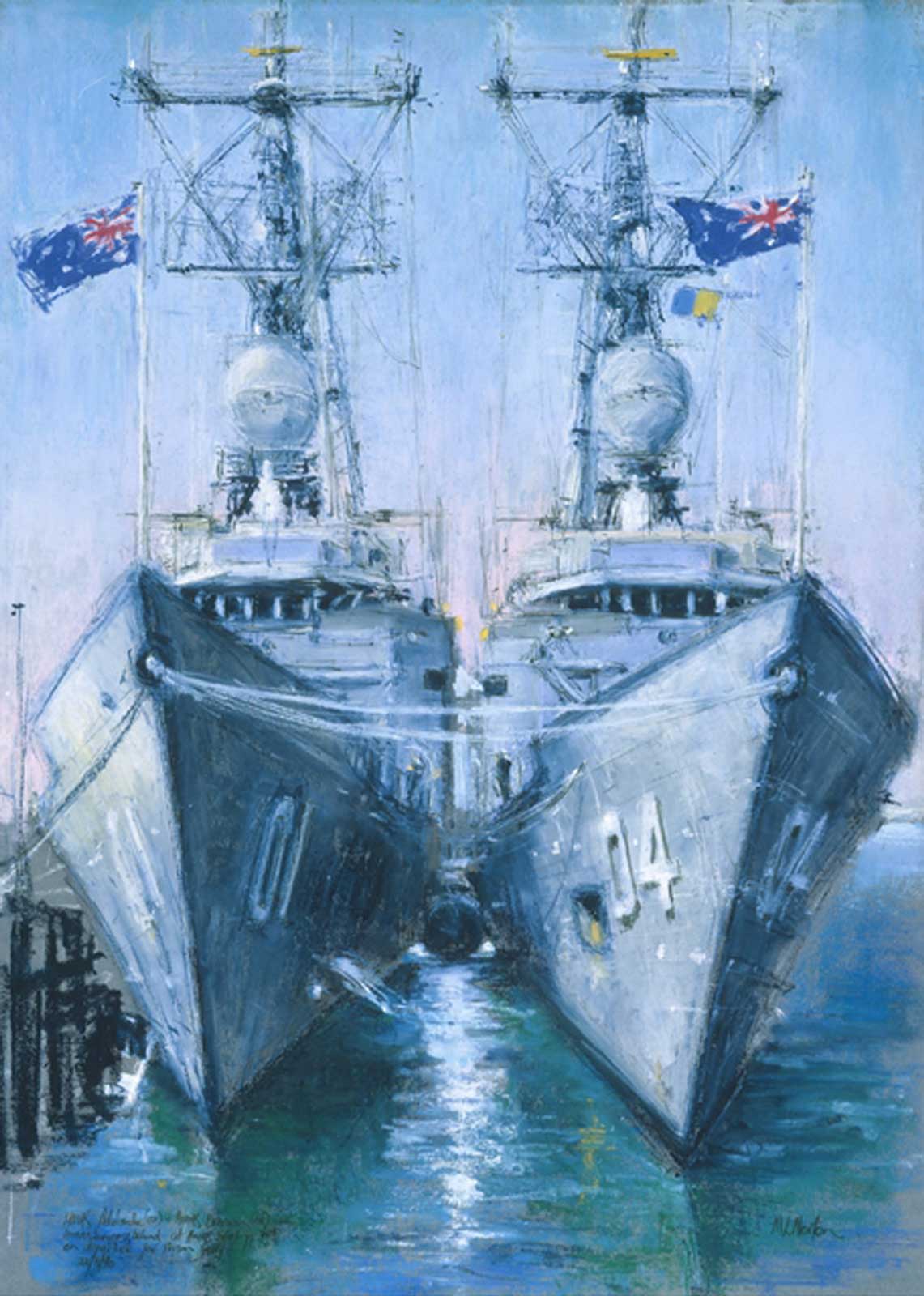
HMAS Adelaide (I) and HMAS Darwin (IV) at the base HMAS Stirling, WA, prior to departure for the Gulf 22.08.90

First Australian Fleet-unit 1914
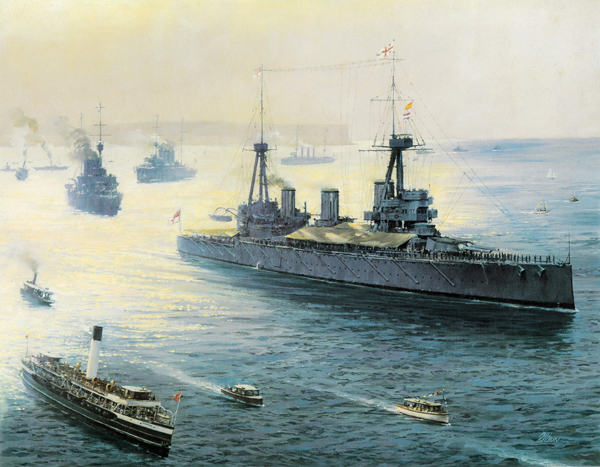
First Fleet Entry 1913
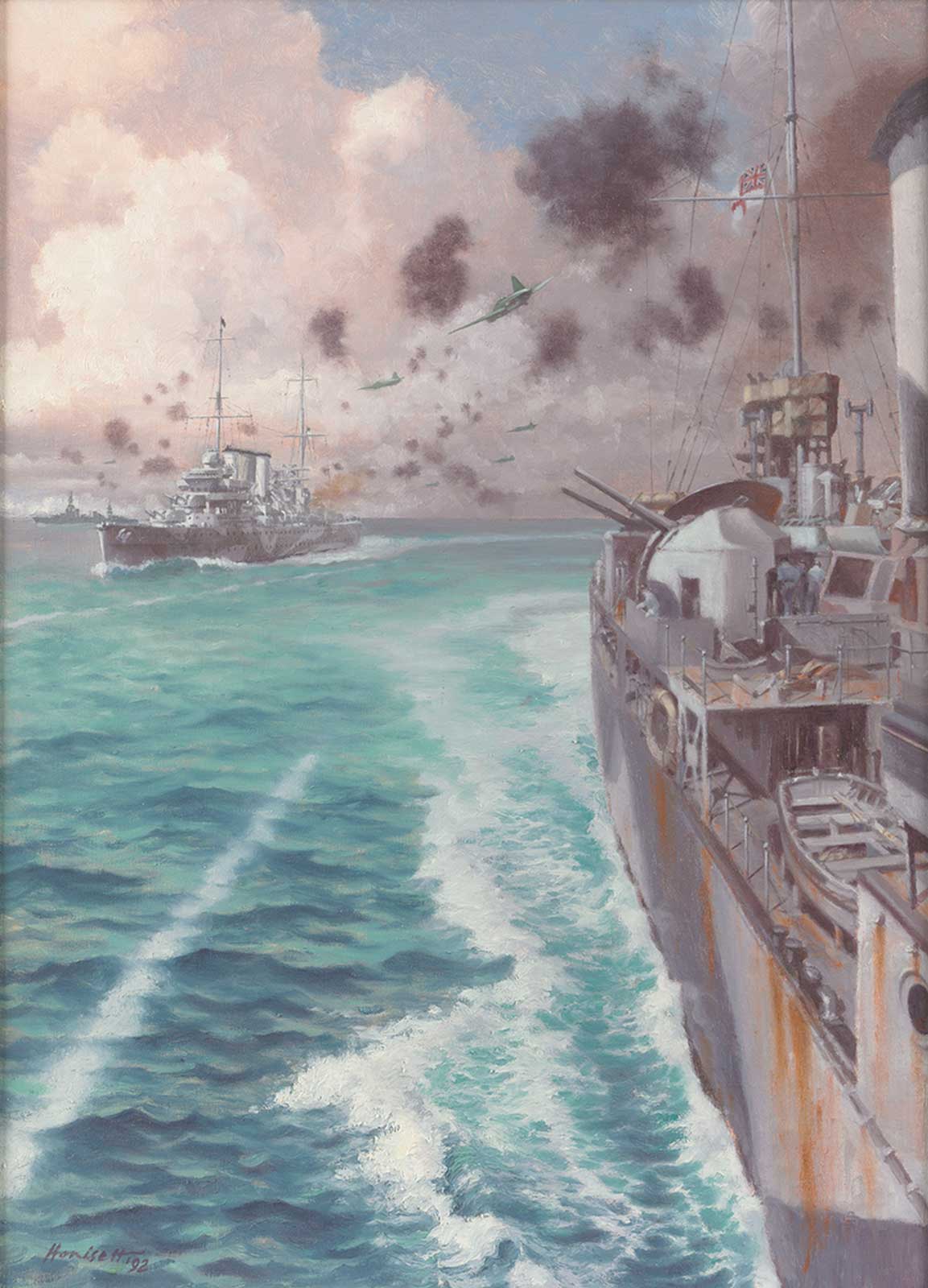
Bombing of Naval Convoy, Mediterranean, 1942

A Gallant Failure Attack on Scharnhorst 1940
